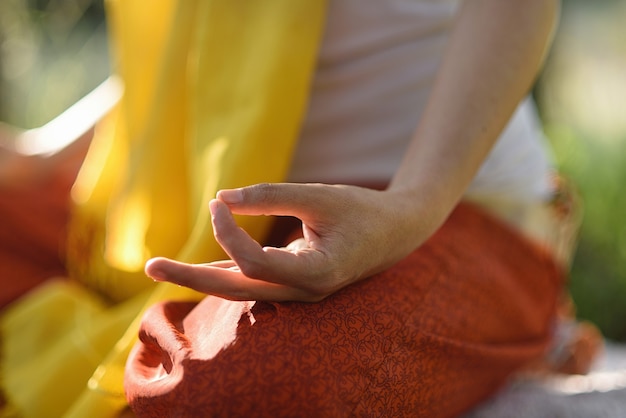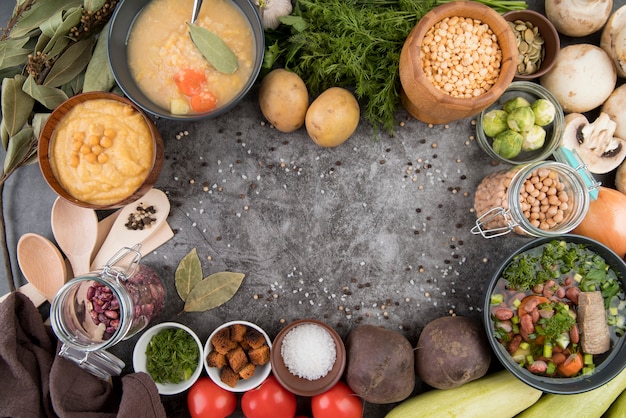Ask Ayurvedic doctor a question and get a consultation online on the problem of your concern in a free or paid mode. More than 2,000 experienced doctors work and wait for your questions on our site and help users to solve their health problems every day.
Shop Now in Our Store
Sama Pitta Lakshana – Symptoms, Causes & Treatment in Ayurveda

Introduction to Sama Pitta Lakshana
In Ayurveda, the balance of the three doshas – Vata, Pitta, and Kapha – is essential for maintaining optimal health. Pitta dosha, primarily associated with the elements of fire and water, governs transformation, digestion, and metabolism within the body. When Pitta becomes aggravated or imbalanced, it can lead to various health issues. Sama Pitta refers to a condition where Pitta is not only aggravated but also mixed with Ama (toxins), creating further health disturbances. Understanding Sama Pitta Lakshana, or the signs and symptoms of this imbalance, can help in early identification and treatment to restore harmony.
Historical Roots & Ayurvedic Significance
In Ayurvedic texts, Pitta is described as the energy responsible for digestion, assimilation, and metabolism. When Pitta becomes imbalanced and mixes with Ama, it can result in various disorders, including inflammatory conditions, digestive issues, and skin problems. Sama Pitta is a crucial concept in Ayurveda, as it emphasizes the need to address both the internal digestive fire and the accumulated toxins in the body. Traditional Ayurvedic approaches focus on restoring Pitta balance to promote overall health and well-being.
Key Symptoms of Sama Pitta Lakshana
1. Digestive Disturbances
The primary manifestation of Sama Pitta is digestive issues. Symptoms include:
- Acidity and heartburn
- Indigestion and bloating
- Loss of appetite
- Nausea and vomiting
- Excessive thirst
The digestive fire (Agni) becomes weak or imbalanced, leading to poor digestion and the accumulation of undigested food particles (Ama), which in turn disrupts the body’s balance.
2. Skin Problems
Sama Pitta can manifest on the skin as well. Symptoms include:
- Rashes or redness on the skin
- Acne or pimples, especially on the face or chest
- Excessive sweating or body heat
- Irritation or itching
These skin issues occur as a result of the heat generated by aggravated Pitta, which can also affect the blood and skin tissue.
3. Mental & Emotional Imbalance
Imbalanced Pitta can also impact mental and emotional well-being, leading to symptoms such as:
- Irritability or anger
- Restlessness and impatience
- Stress and anxiety
- Difficulty focusing
Excessive Pitta can lead to a heightened sense of aggression or frustration, causing emotional turbulence and mental exhaustion.
4. Inflammatory Conditions
Sama Pitta is often associated with inflammation in the body. This can lead to:
- Joint pain and inflammation (especially in the elbows and knees)
- Headaches or migraines
- Burning sensations in the body
The heat generated by an aggravated Pitta dosha can lead to inflammatory responses in various parts of the body, contributing to pain and discomfort.
5. Urinary Issues
Sama Pitta can also cause disturbances in the urinary system, including:
- Burning sensation while urinating
- Frequent urination
- Dark-colored urine
The heat from the aggravated Pitta dosha can affect the urinary tract and kidneys, leading to painful urination and other symptoms.
Causes of Sama Pitta Imbalance
The imbalance of Sama Pitta can occur due to a variety of factors, including:
- Dietary Habits: Excessive consumption of spicy, oily, or acidic foods can aggravate Pitta.
- Stress: High levels of mental or emotional stress can increase Pitta, especially in individuals who are naturally prone to Pitta imbalances.
- Environmental Factors: Exposure to excessive heat or hot climates can elevate Pitta.
- Poor Digestion: When the digestive fire is weak, it can lead to the accumulation of Ama, which mixes with Pitta, causing Sama Pitta.
- Irregular Lifestyle: Lack of proper sleep, overexertion, and neglecting rest can further disturb Pitta balance.
Treatment of Sama Pitta Lakshana
1. Diet Modifications
To restore balance to Pitta and eliminate Ama, it is important to make dietary changes:
- Avoid hot, spicy, or oily foods.
- Favor cooling and hydrating foods like cucumbers, melons, and leafy greens.
- Include sweet, bitter, and astringent tastes in the diet.
- Eat easily digestible foods such as rice, ghee, and buttermilk.
- Reduce caffeine, alcohol, and acidic foods to prevent further aggravation.
2. Ayurvedic Herbs
Certain herbs are known for their ability to balance Pitta and support detoxification:
- Guduchi (Tinospora cordifolia): Known for its immune-boosting and detoxifying properties.
- Amla (Emblica officinalis): A cooling herb that helps balance Pitta and supports digestion.
- Brahmi (Bacopa monnieri): Promotes mental clarity and calms Pitta-related agitation.
- Shatavari (Asparagus racemosus): Helps balance Pitta and rejuvenates the body.
3. Panchakarma Therapy
Panchakarma, an Ayurvedic detoxification process, is highly effective in addressing Sama Pitta. It includes treatments like:
- Vamana (Therapeutic vomiting): To eliminate toxins from the upper respiratory tract and digestive system.
- Virechana (Purgation therapy): To cleanse the liver, gallbladder, and digestive tract.
- Abhyanga (Oil massage): Helps calm the Pitta dosha and restore balance to the body.
- Swedana (Herbal steam therapy): Promotes the elimination of toxins and balances body heat.
4. Lifestyle Adjustments
- Follow a regular sleep schedule to balance energy and stress levels.
- Engage in calming activities such as yoga, meditation, and deep breathing to reduce Pitta-related mental stress.
- Avoid excessive heat exposure and stay in cool, well-ventilated environments.
- Practice moderation in work and exercise, ensuring that both are done in balance to avoid over-stimulation of Pitta.
Frequently Asked Questions (FAQ)
What are the common signs of Sama Pitta?
Common signs of Sama Pitta include digestive disturbances, skin issues, irritability, joint inflammation, and urinary problems. These occur due to a combination of aggravated Pitta and the accumulation of Ama in the body.
How can Sama Pitta affect mental health?
Sama Pitta can lead to irritability, restlessness, anxiety, and difficulty focusing. Excessive heat in the body can result in emotional imbalances, contributing to mental stress.
What foods should be avoided for Sama Pitta?
Foods that are hot, spicy, oily, and acidic should be avoided as they can aggravate Pitta. It is also advised to limit caffeine, alcohol, and processed foods to prevent further imbalance.
Can Sama Pitta cause skin problems?
Yes, Sama Pitta can manifest on the skin as rashes, acne, redness, and excessive sweating. These skin conditions are caused by the heat and inflammation from the aggravated Pitta dosha.
How can Panchakarma help with Sama Pitta?
Panchakarma therapies like Virechana and Vamana can help eliminate toxins, balance Pitta, and promote detoxification. These therapies are highly effective in treating Sama Pitta and restoring dosha balance.
Is Sama Pitta a serious condition?
While Sama Pitta can lead to discomfort and various health issues, it can be effectively managed with proper Ayurvedic treatment, including diet changes, herbal remedies, and detoxification therapies.
How long does it take to balance Sama Pitta?
The time it takes to balance Sama Pitta depends on the severity of the imbalance and the individual's response to treatment. With consistent dietary changes, herbal support, and detoxification, many individuals notice improvements within a few weeks to a few months.
Conclusion & Expert Insights
Sama Pitta Lakshana highlights the importance of balancing the Pitta dosha to prevent the accumulation of toxins and address various health concerns. By adopting Ayurvedic dietary practices, utilizing herbs, and undergoing therapeutic treatments like Panchakarma, Sama Pitta can be effectively managed, promoting overall health and wellness. For personalized treatment, always consult a qualified Ayurvedic practitioner.
References & Further Reading
- Sharma, P.V. (1995). Ayurvedic Healing: A Comprehensive Guide.
- Lad, V. (2002). Ayurveda: The Science of Self-Healing.
- Journal of Ayurveda and Integrative Medicine for research articles on Pitta imbalances.
- National Institute of Ayurveda:
This article is checked by the current qualified Dr Sujal Patil and can be considered a reliable source of information for users of the site.



